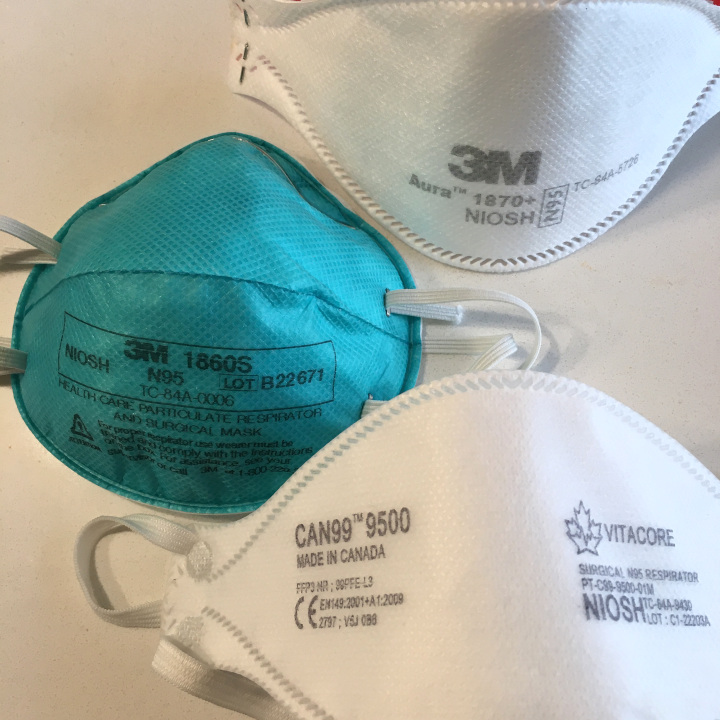The volunteer-led organization Ontario School Safety is renewing calls to the Ontario government to improve indoor air quality in schools.
The call comes as Ontario sees a rapid increase in cases of the flu, particularly impacting young children.
In April, 2021, the Government of Ontario announced it was investing over $130 million, in addition to funds from the Canadian government, to upgrade school infrastructure to protect children from COVID-19. The majority of this funding was earmarked for ventilation projects to improve indoor air quality.
Comments closed